Here is a biplane that is an early fighter during WW2
Controls are the same as a rgular plane
________________________________Wikipedia______________
The Gloster Gladiator (or Gloster SS.37) was a British-built biplane fighter. It was used by the Royal Air Force (RAF) and the Fleet Air Arm (FAA) (as the Sea Gladiator variant) and was exported to a number of other air forces during the late 1930s. It was the RAF's last biplane fighter aircraft and was rendered obsolete by newer monoplane designs even as it was being introduced. Though often pitted against more formidable foes during the early days of the Second World War, it acquitted itself reasonably well in combat.
The Gladiator saw action in almost all theatres during the Second World War, with a large number of air forces, some of them on the Axis side. The RAF used it in France, Norway, Greece, the defence of Malta, the middle east and the brief Anglo-Iraqi War (during which the Royal Iraqi Air Force was similarly equipped). Other countries deploying the Gladiator included China against Japan, beginning in 1938; Finland (along with Swedish volunteers) against the Soviet Union in the Winter War and the Continuation War; Sweden as a neutral non-combatant (although Swedish volunteers fought for Finland against Russia as stated above) and Norway, Belgium, and Greece resisting Axis invasion of their respective lands.
The South African pilot Marmaduke "Pat" Pattle was the top Gladiator ace with 15 victories.
Specifications
General Characteristics
- Created On iOS
- Wingspan 24.3ft (7.4m)
- Length 18.4ft (5.6m)
- Height 8.0ft (2.5m)
- Empty Weight 5,603lbs (2,541kg)
- Loaded Weight 6,533lbs (2,963kg)
Performance
- Horse Power/Weight Ratio 0.153
- Wing Loading 27.2lbs/ft2 (132.6kg/m2)
- Wing Area 240.5ft2 (22.3m2)
- Drag Points 4720
Parts
- Number of Parts 70
- Control Surfaces 13
- Performance Cost 289

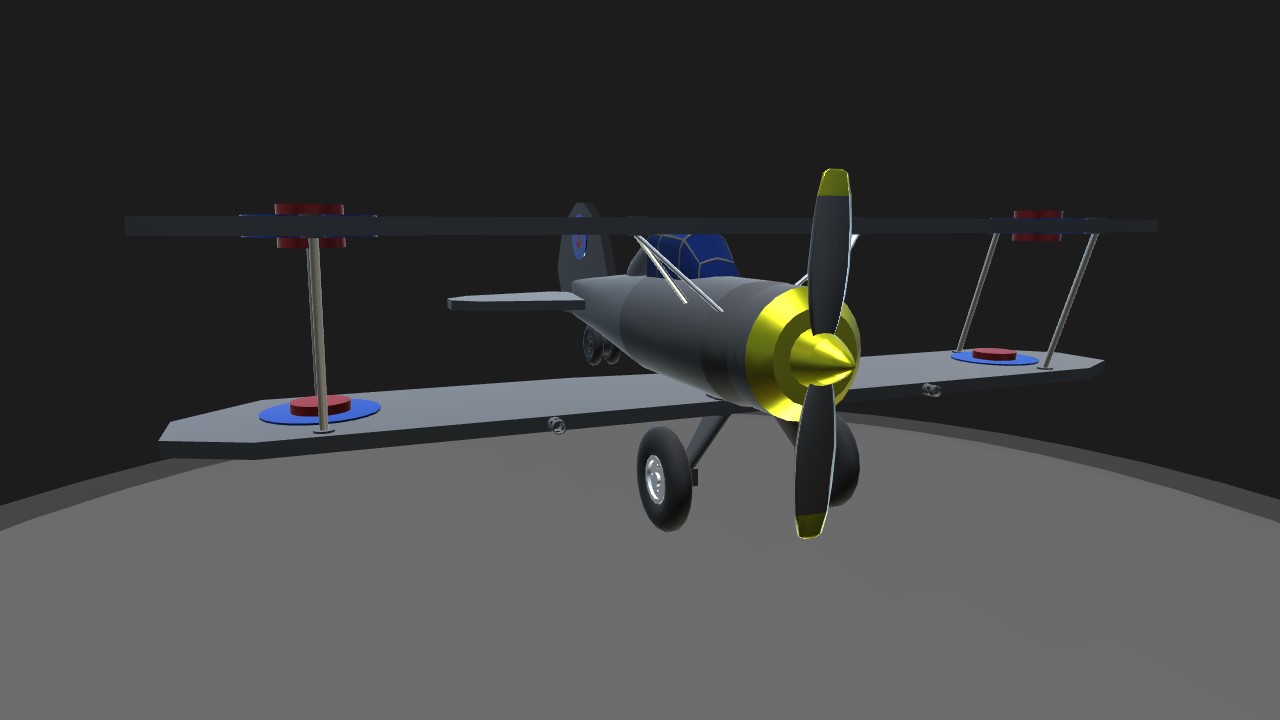
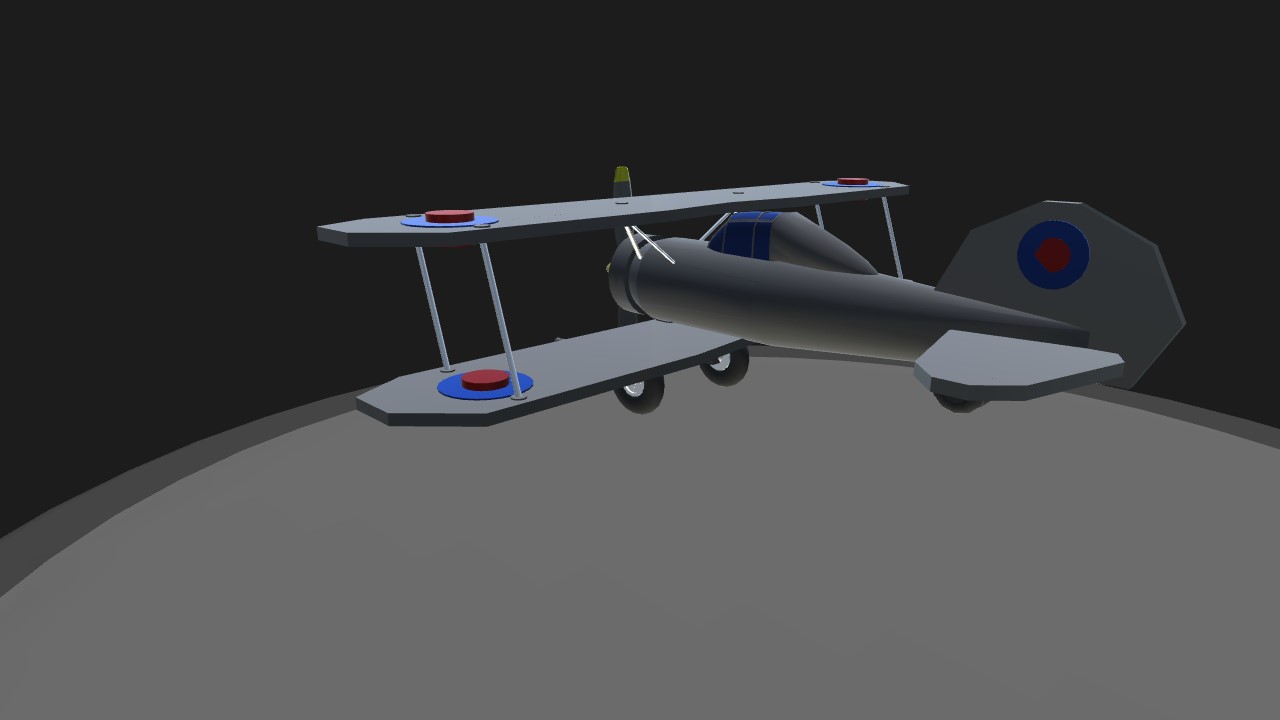
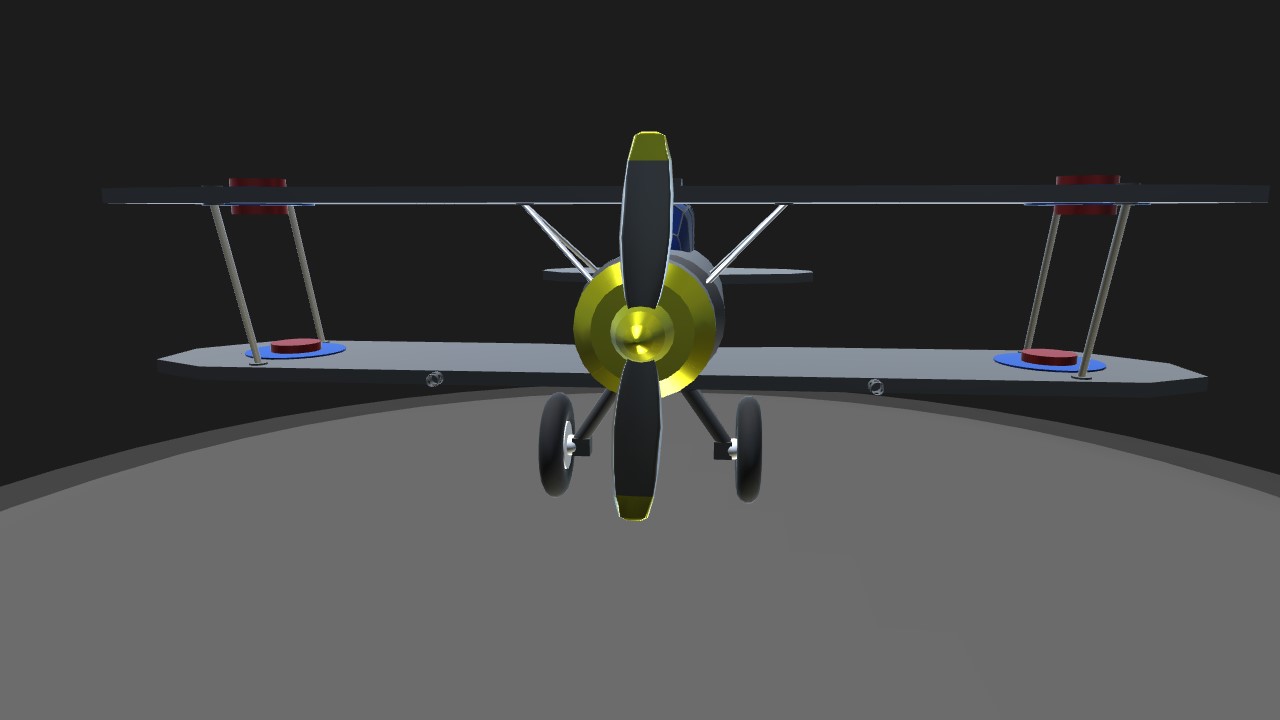
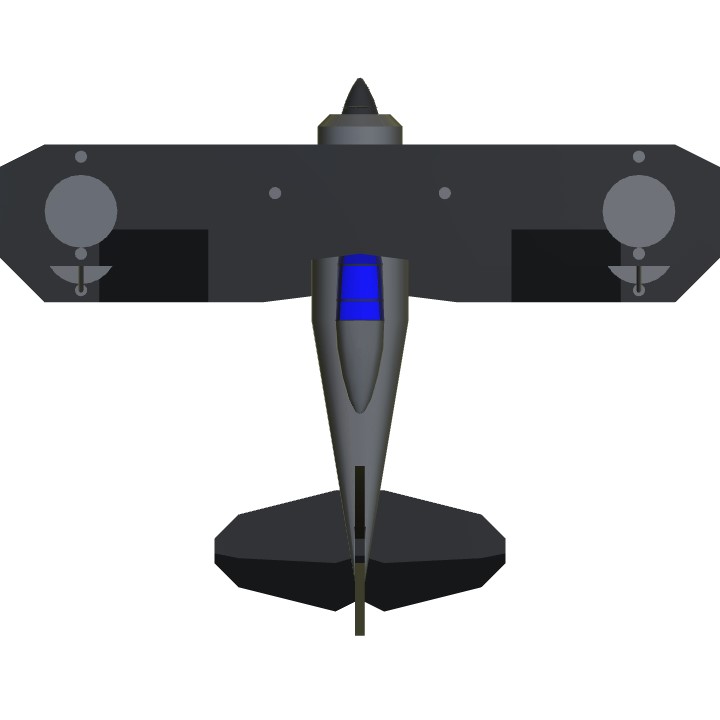
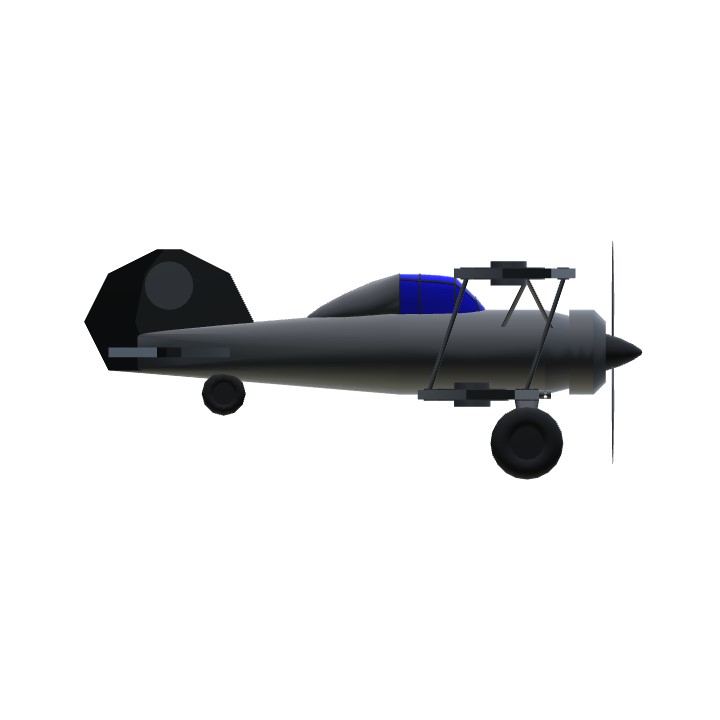
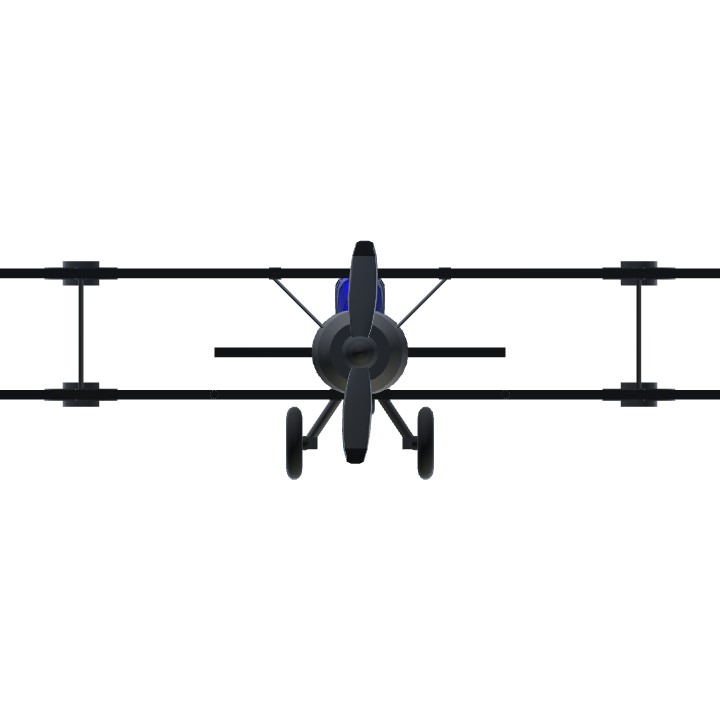
Thanks @JMicah4
Thanks @Sunnyskies
Thanks @TheRealTDawg
Thanks @ChunderDownUndeR and @CarlosDanger13
Thanks @General360 and @OldColonel
Thanks @DisferGoatz @InGinNear and @ACMECo1940